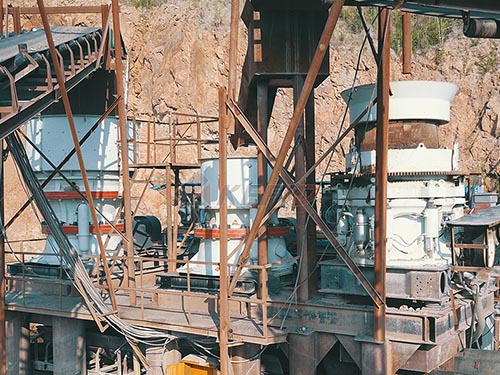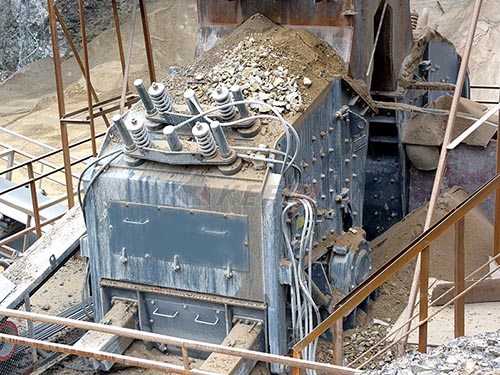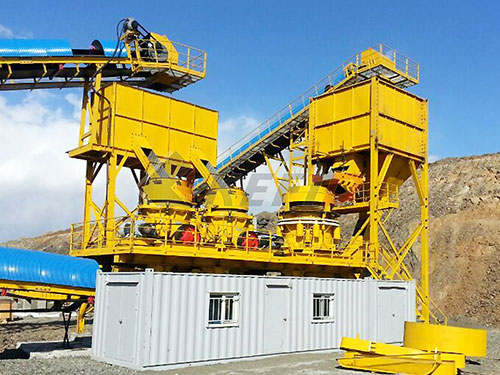
The Critical Art of Discharge Setting in Jaw Crushers: Beyond Hydraulic Convenience

The primary function of a jaw crusher – reducing large rocks into manageable aggregate sizes – hinges on a fundamental parameter: the discharge setting. Often referred to as the Closed Side Setting (CSS), this dimension represents the narrowest gap between the fixed jaw (or cheek plate) and the moving jaw at their closest point during the crushing cycle. It dictates the maximum size of product exiting the crushing chamber and profoundly influences throughput capacity, power consumption, particle shape, liner wear rates, and overall plant efficiency.
While modern jaw crushers frequently boast sophisticated hydraulic adjustment systems for rapid and often remote CSS changes – sometimes even under load – a significant portion of crushers in operation globally rely on mechanical adjunct methods. These traditional techniques remain vital for maintenance personnel and operators working on older equipment or in situations where hydraulic systems are unavailable or deemed unnecessary complexity. Understanding these adjunct methods is crucial for safe operation and optimal performance.
The Physics of Discharge Setting
Before delving into adjustment mechanisms, appreciating why CSS matters is essential:
1. Product Size Control: The CSS is the primary determinant of the maximum particle dimension exiting the crusher. While some oversize occurs due to irregular feed shapes and particle interaction within the chamber (“throw”), 80-90% of the product will generally be smaller than the CSS.
2. Capacity & Throughput: A wider CSS allows more material to pass through per stroke cycle, increasing throughput (tonnage per hour). However, this comes at the cost of larger product size.
3. Power Consumption: Crushing material finer requires more energy per ton produced due to increased compression cycles per particle and higher forces needed for finer reduction stages within the nip angle zone.
4. Particle Shape: A correctly set CSS relative to feed size promotes inter-particle crushing (“rock-on-rock”) within the chamber after initial compression against the jaws. This action generates a more cubical product with fewer elongated flaky particles compared to solely relying on direct jaw-to-rock compression.
5. Liner Wear: An excessively tight CSS accelerates wear on jaw plates near the discharge end as material must be crushed multiple times before escaping. Conversely, an overly wide setting can cause premature wear at the feed opening due to inefficient crushing action and potential packing.
6. Crusher Health & Blockages: Incorrect settings increase stress on bearings, eccentric shafts, toggle plates/seats/toggles/cheek

Leave a Reply